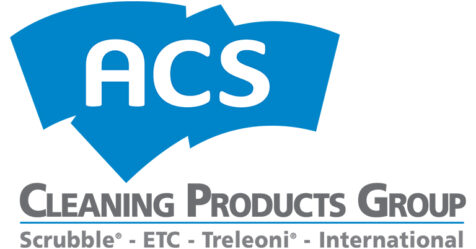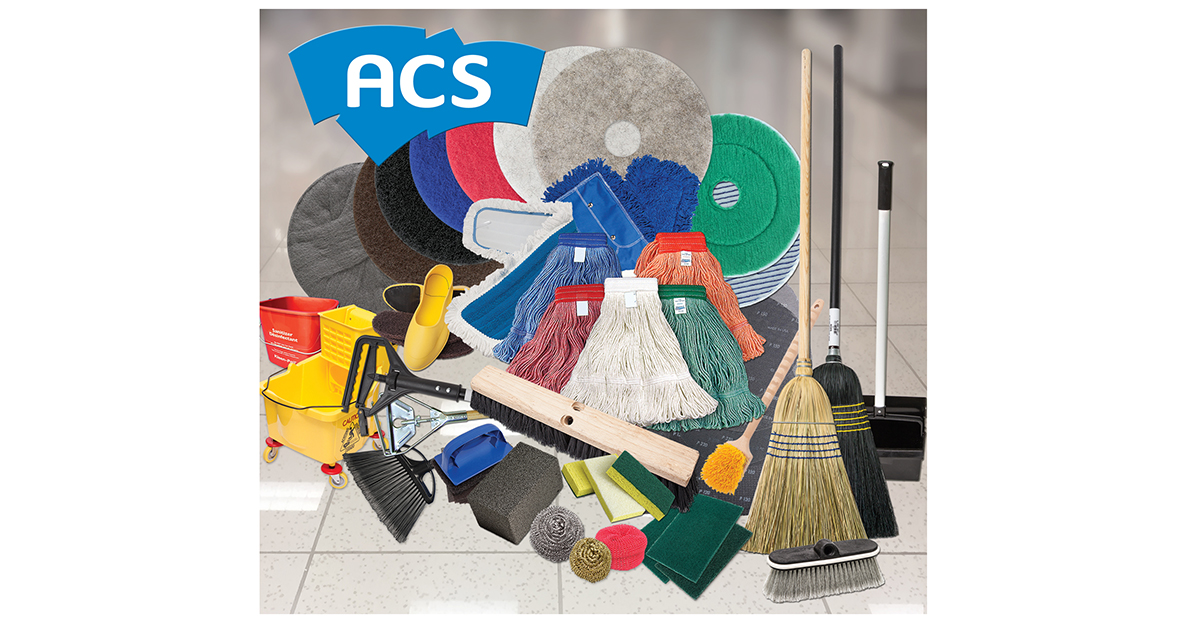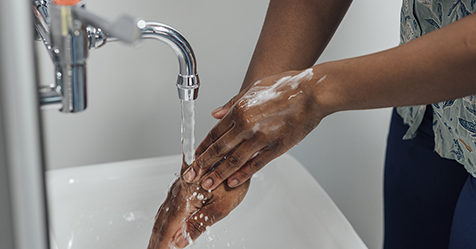ACS Industries manufactures premium quality floor maintenance pads used in floor care with the best value-added price point in the industry. ACS does this not only with their knowledge of
manufacturing but also with a vision on health and ecology. All ACS nonwoven floor and hand pads are treated with an antimicrobial agent that inhibits growth of microbes within the pads. Also,
ACS floor and hand pads are made using fibers that are UL-certified manufactured from 100% recycled plastic bottles.
What Makes a Great Floor Pad?
- Synthetic fiber (recycled) and natural fibers
- Premium binder/glue
- Mineral grit
- Diamonds
- Other inert materials
ACS’s unique process creates pad products made from the highest quality post-consumer, recycled PET fiber primarily from plastic water bottles and jugs. This process, combined with our
proprietary resin binders, produces the best eco-friendly pad lines in the industry without added cost to you.
We Build Our Floor Pads From the Inside Out
- Fiber-Most important (backbone of the pad)
- Heavier denier (diameter of the fiber) makes for a greater durability
- More volume compared to the competition from thicker diameter fiber that also lasts longer
- Open web (thicker fibers create open web-open density)
- Thicker (heavy denier) fibers do not “pack” like fine fibers, allowing dirt and particles to “flow through” rather than clog on the pad’s surface
- Binder/resin (glue) are water/detergent resistant, bonding fibers together and keeping appropriate abrasives on the fiber
We Use Phenolic Resin to Build Our Abrasive Products
Its excellent adhesion for abrasive and bonding power, as well as heat resistance, moisture and alkali resistance, improved burst strength and shock resistance, allows for faster cutting and greater performance.
The phenol used in our stripping pad construction resists break down from floor stripper chemicals, compared to nonphenolic acrylic stripping products.
Mineral Grit Creates the Floor Pad’s “Cutting” Ability
- Excessive amounts of abrasive should not be used due to risk of damaging the surface cleaned.
- Also, too much abrasive in a floor pad acts as a “filler” that uses less binder (glue). This then sacrifices pad life by decreasing the pad’s ability to keep fiber bonded together longer.
- After fiber and binder, the next important component of floor pads with abrasive is the mineral grit which enhances “proper aggressiveness” by creating the pads’ cutting ability. This is especially true for stripping pads.


